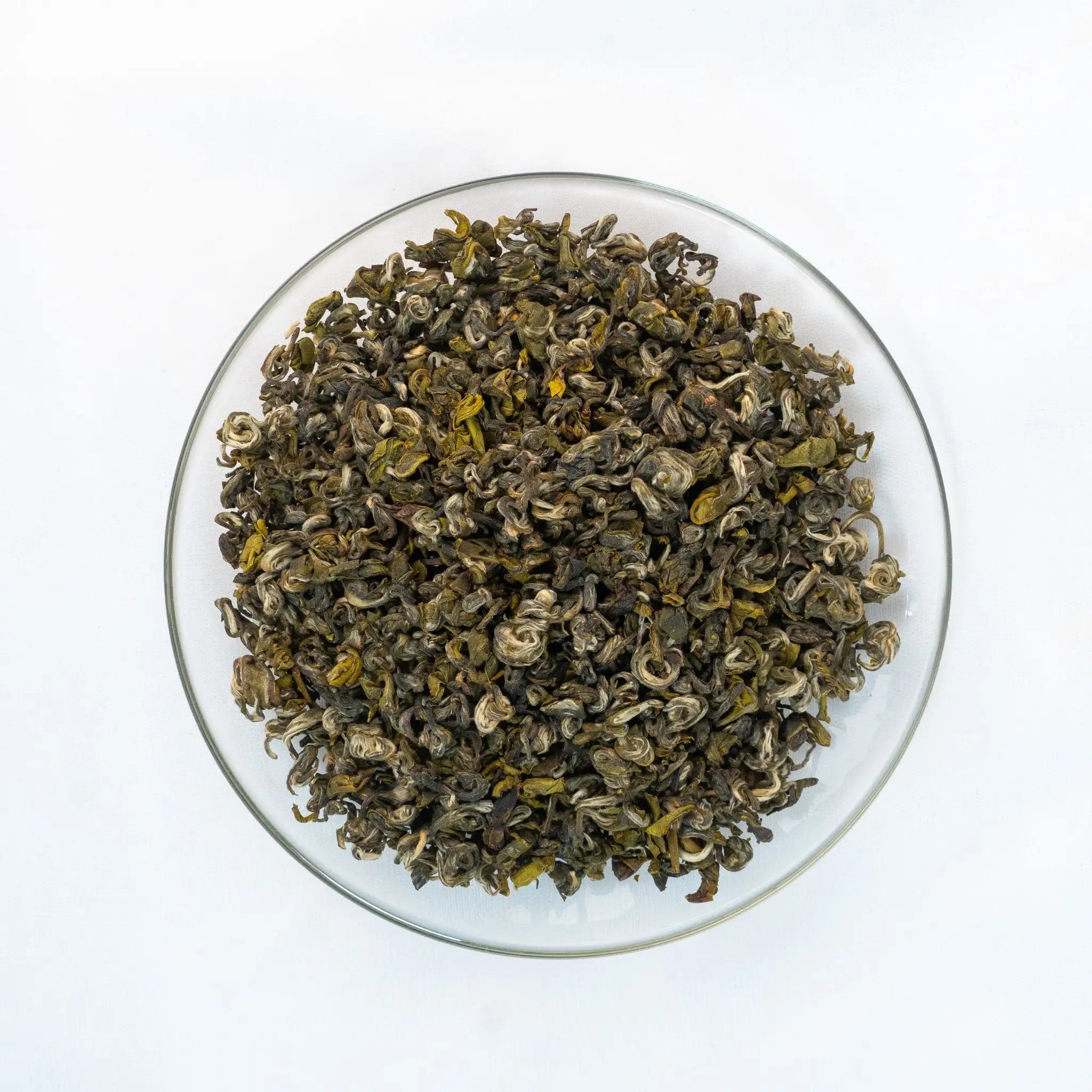Have you ever wondered why some teas have a richer taste, an almost magical aroma, and a lingering aftertaste that stays with you? Chances are, you’ve sipped on high mountain tea without even knowing it. But what exactly is it, and why is it so special? Let’s explore!
Meaning of high mountain tea

The name "mountain tea" is intended to express an entire world of flavor which emerges against great odds. It grows from bushes at altitudes of over 1,000 meters (3,300 feet). The higher the mountain, the slower that leaves grow--and the greater the vigor in their rich flavors.With hills shrouded in mist and caressed by cool breezes, with mineral-rich soil at their feet. High mountain tea enjoys this perfect environment as its nursery. Every leaf is a testament, born in a tough but ultimately rewarding life.
Polyphenols in tea and the impact of altitude
Let’s talk polyphenols—the powerhouse compounds in tea that deliver its signature taste and health benefits. But what does altitude have to do with them?
- Altitude equals defense mode: At high elevations, tea plants face intense UV radiation. To protect themselves, they produce more polyphenols—just like we put on sunscreen at the beach.
- Favor intensification: Since plants grow slower in colder temperatures, polyphenols build up, creating bolder, more complex flavors.
The result? A cup bursting with flavor and antioxidants, a blend of nature’s brilliance and the farmer’s skill.
High mountain teas and regions
Some of the world’s finest teas come from specific high-altitude regions. Here’s a closer look:
China
China is where tea legends were born. Its high mountain teas are famous for their unique taste and historical significance.
- Taiwan’s alishan oolong: Grown at 1,000-1,600 meters, this tea offers a buttery, floral experience that feels like spring in a cup.
- Wuyi rock tea (da hong pao): From the rugged Wuyi Mountains, this tea boasts mineral-rich, roasted notes that linger like a comforting memory.
Nepal

Nepal’s breathtaking Himalayan terrain produces teas that are as bold as the mountains themselves.
- Nepali Black tea: Grown at altitudes between 1,200-2,200 meters, this tea delivers malty, fruity, and slightly spicy flavors.
- Nepali oolong and white teas: Light and floral, with hints of honey and wildflowers—these teas feel like sipping on a breeze from the Himalayas.
Is there a special technique to steep high mountain tea?
Yes, but it’s not complicated—it’s all about letting the tea shine.
Why multiple steeps work
- Whole leaves unfold slowly: High mountain teas are made from whole leaves, which can be brewed several times, each infusion revealing a new layer of flavor.
- How to steep properly (example of Black Tea):
- Use water just below boiling (around 95°C or 203°F).
- Steep for 3 minutes for the first brew, then add 30 seconds with each infusion.
- Enjoy up to 2-3 infusions—yes, from the same leaves!
It’s like unwrapping a gift—every steep reveals a different surprise.
Caffeine content in high mountain tea
Is high mountain tea a secret energy booster? It depends on the type:
- Black and Oolong teas: Higher caffeine content, perfect for those mornings when you need a gentle nudge.
- Green and White teas: Less caffeine but still energizing, thanks to L-theanine, which keeps you calm yet alert.
The altitude-driven slow growth sometimes means higher caffeine retention—so expect a smooth energy lift without the jitters.
Health benefits of high mountain tea
Here’s why high mountain tea isn’t just a treat for your taste buds but also for your health:
- Antioxidant power: Its high polyphenol content fights free radicals, supporting your immune system.
- Heart-friendly: Studies suggest tea may help manage cholesterol and support heart health.
- Mind sharpener: The combo of caffeine and L-theanine keeps your brain focused and calm.
- Digestion aid: Black and oolong teas can be soothing after a big meal.
- Skin glow-up: Antioxidants may reduce signs of aging, leaving you with radiant skin.
Basically, it’s a health potion in a teacup!
Why do farmers grow tea in high mountains?
Growing tea in high-altitude regions is no easy task—it’s a labor of love. But why do farmers choose such tough terrain?
- Better flavor: Slow-growing leaves absorb more nutrients, creating complex flavors.
- Cleaner environment: Less pollution and fewer pests mean cleaner, healthier leaves.
- Premium pricing: High mountain teas command higher market prices due to their rarity and quality.
Farmers know the struggle is worth it—every leaf they harvest is a masterpiece crafted by nature.
Are high mountain teas expensive?
Yes, they can be pricey—but here’s why they’re worth every penny:
- Limited supply: There’s only so much high mountain land suitable for tea cultivation.
- Hand-harvested: Steep terrains mean leaves are picked by hand—a true art form.
- Unmatched quality: Complex flavors, rich aromas, and powerful health benefits make these teas stand out.
You’re not just buying tea—you’re investing in a one-of-a-kind experience.
Where to buy high mountain teas?

Ready to try high mountain tea? Here’s where to look:
- Specialty tea shops: Visit trusted tea boutiques or local tea markets.
- Single origin online retailers: Reputable sellers like Nepal Hills Tea Inc. offer premium, certified high mountain teas.
- Direct from farms: If adventure calls, visit tea gardens and buy directly from the source.
Always check reviews and certifications to ensure authenticity.




